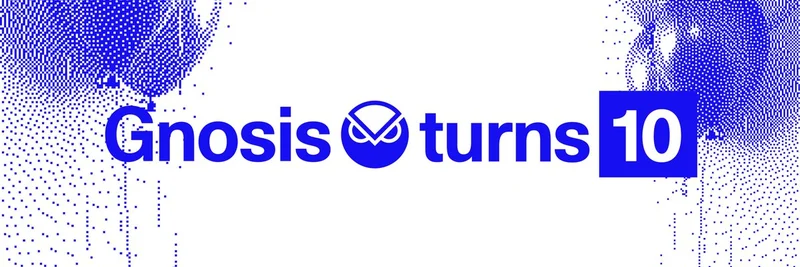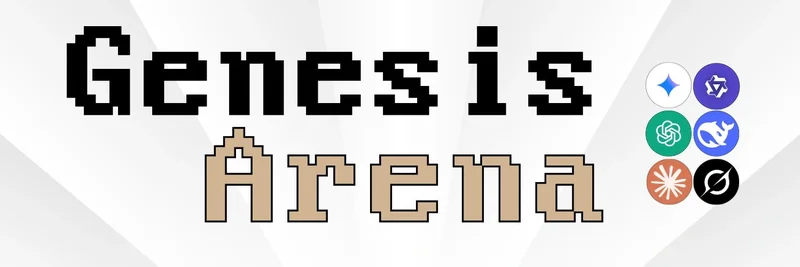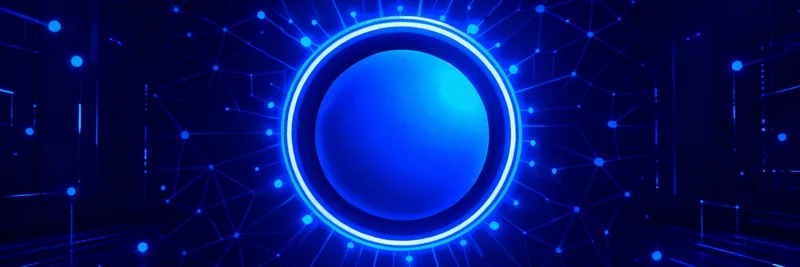In the fast-paced world of blockchain, milestones like this one remind us how far we've come. Just yesterday, on August 21, 2025, Nethermind—a powerhouse in Ethereum engineering and research—posted on X to celebrate Gnosis DAO's impressive 10-year run. If you're new to these names, Nethermind builds tools and solutions for decentralized networks, while Gnosis DAO is a decentralized autonomous organization focused on prediction markets and secure infrastructure.
Their post reads: "A decade of Gnosis, and a decade of resilient systems. Nethermind powers @gnosischain’s execution layer and upgrades, supporting 300k validators with zero downtime. Congrats @GnosisDAO on 10 years of shipping at scale. Here’s to what comes next."
This was in response to Gnosis DAO's own announcement a day earlier, where they reflected on their journey since deploying their first contract on Ethereum back in 2015. Here's what Gnosis shared:
"A decade ago, Gnosis deployed its first contract on @ethereum.
Now it’s:
▪️ @safe – $58B TVL
▪️ @CoWSwap – $130B traded
▪️ @gnosispay – 151 countries
▪️ @gnosischain – 300k validators, 0 downtime
▪️ @GnosisVC – 80+ projects backed
Plus guilds, wallets, DAOs, and some conditional-token nerdery that powers Polymarket & friends.
Not too shabby for a prediction market side quest 😉
Next up: consumer 👀"
Breaking Down the Achievements
Let's unpack this a bit, especially if you're diving into blockchain for meme tokens or DeFi plays. Gnosis started as a prediction market platform—think betting on real-world events using crypto. Over time, they've expanded into some serious heavy-hitters:
Safe (@safe): This is a multisig wallet solution with a whopping $58 billion in Total Value Locked (TVL). TVL is basically the amount of crypto assets secured in a protocol. Safe makes it easier and safer for teams to manage funds without a single point of failure.
CoW Swap (@CoWSwap): A decentralized exchange (DEX) that's traded over $130 billion. What sets it apart is its focus on protecting users from Miner Extractable Value (MEV), which is like front-running in traditional finance but on blockchain.
Gnosis Pay (@gnosispay): A payment system operating in 151 countries, bridging crypto to everyday spending.
Gnosis Chain (@gnosischain): A sidechain to Ethereum with 300,000 validators and perfect uptime. Validators are nodes that secure the network. Nethermind plays a crucial role here by handling the execution layer—the part that processes transactions—and ensuring smooth upgrades.
Gnosis VC (@GnosisVC): They've invested in over 80 projects, fostering innovation across the space.
And don't forget their "conditional-token nerdery." This tech underpins platforms like Polymarket, where users bet on everything from elections to sports. In the meme token world, prediction markets often buzz with wagers on viral coins or crypto trends, making this relevant for anyone tracking meme hype.
Why This Matters for Meme Token Enthusiasts
While Gnosis isn't a meme token itself, their infrastructure supports the ecosystems where memes thrive. Cheap transactions on Gnosis Chain could host meme launches, and Polymarket's prediction tools let you gauge sentiment around hot tokens. Plus, with Nethermind's engineering backing, it ensures reliability—key when meme volatility hits.
Nethermind's nod highlights collaboration in blockchain. As they power Gnosis Chain, it's a pat on the back for shared success in building resilient systems. Looking ahead, Gnosis teases "consumer" focus, which might mean more user-friendly tools for everyday crypto users, including meme traders.
If you're into blockchain tech or memes, follow Nethermind on X and Gnosis DAO for more updates. What's your take on Gnosis's evolution? Drop a comment below!




